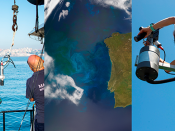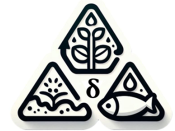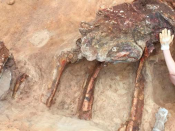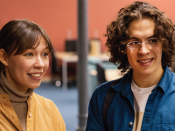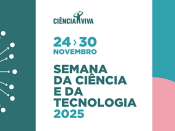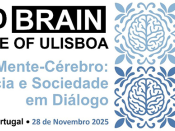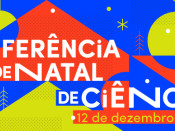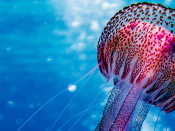Por Júlio Pereira (Department of Environmental Science, Federal University of São Carlos - Brasil).
Usually, catch and fishing effort data generated by commercial fisheries are the most common data available for fish stock assessment, apart from covariates related to the vessels and the fishing environment. Therefore, statistical modelling is required in order to understand the variation in catches associated with variations in effort and environmental covariates. This study has been motivated by the difficulty facing researchers in applying conventional statistical models to analyse data for catch per unit of effort, from fisheries in the Lower Amazon River. In general, the total catches are aggregated by species, month and location, which can lead to the occurrence of the zero inflation phenomenon in the observation of these totals. The zeros may occur for two reasons: i) because the locations are not visited by any vessel in that month, ii) There is more than one visit in those locations, but for part of the visits there is no success in catching a particular species. In order to analyse this kind of data, we developed a Bayesian three-stage hierarchical model, implemented in OpenBugs software. At the first stage we described the number of fishing trips per location (N) according to a Poisson distribution. At the second stage, given N>0 we defined a Bernoulli variable X with probability q of success, where X assumes 1 if catches occurred for a particular species, and zero if not. Eventually at the third stage we modelled the weight (Y), which assumes zero when N=0 or when X=0 and N>0. When X=1 and N>0 we described Y according to a gamma distribution, where the mean was proportional to the number of visits N. This approach provided a useful tool to analyse the variation on catch per unit of effort as function of covariates when the data were inflated by zeros coming from both sources: abstinence of fishing activity and absence of catch in the presence of fishing activity.
Joint work with Giovani Silva and Victoria Isaac.


